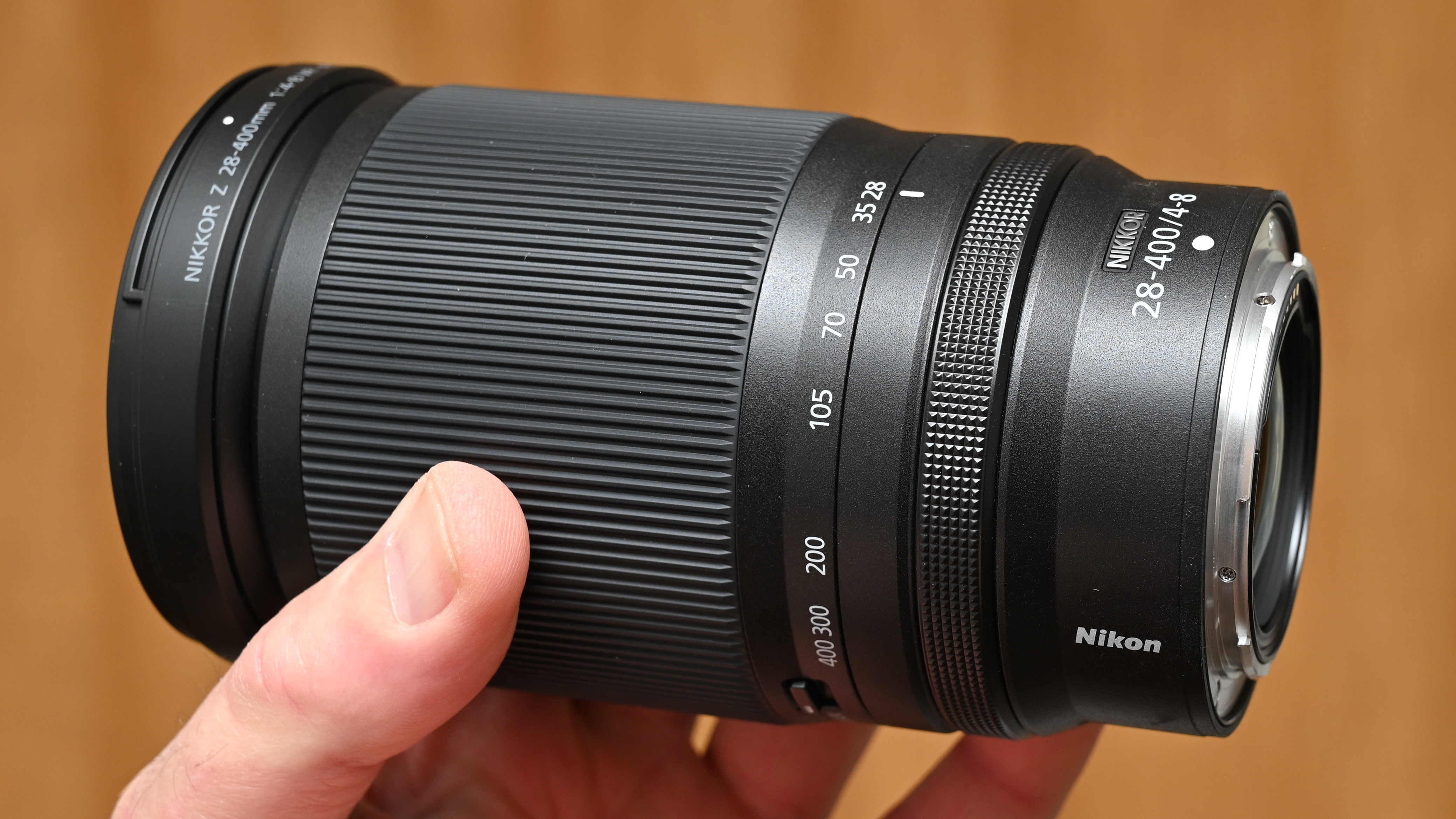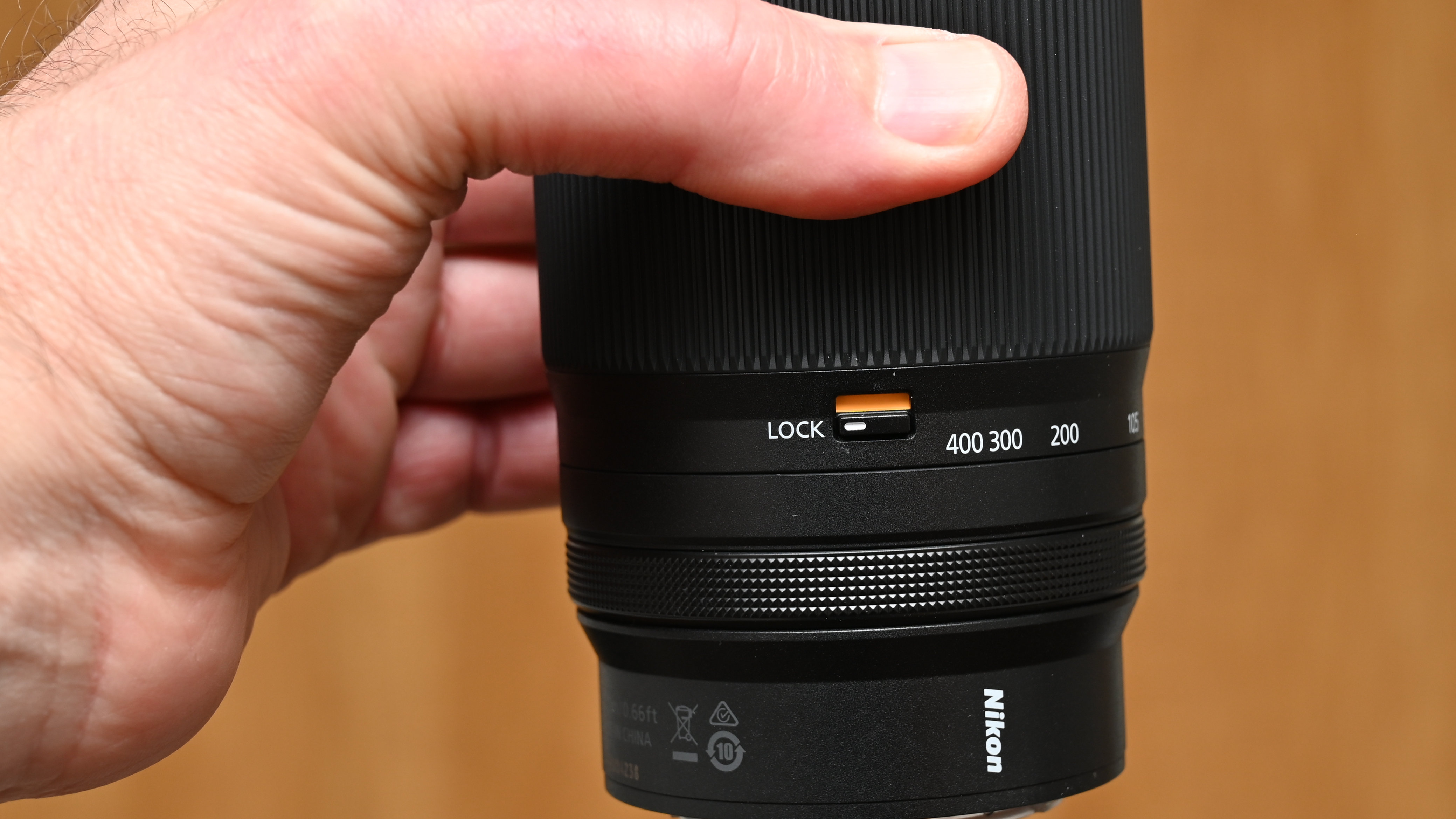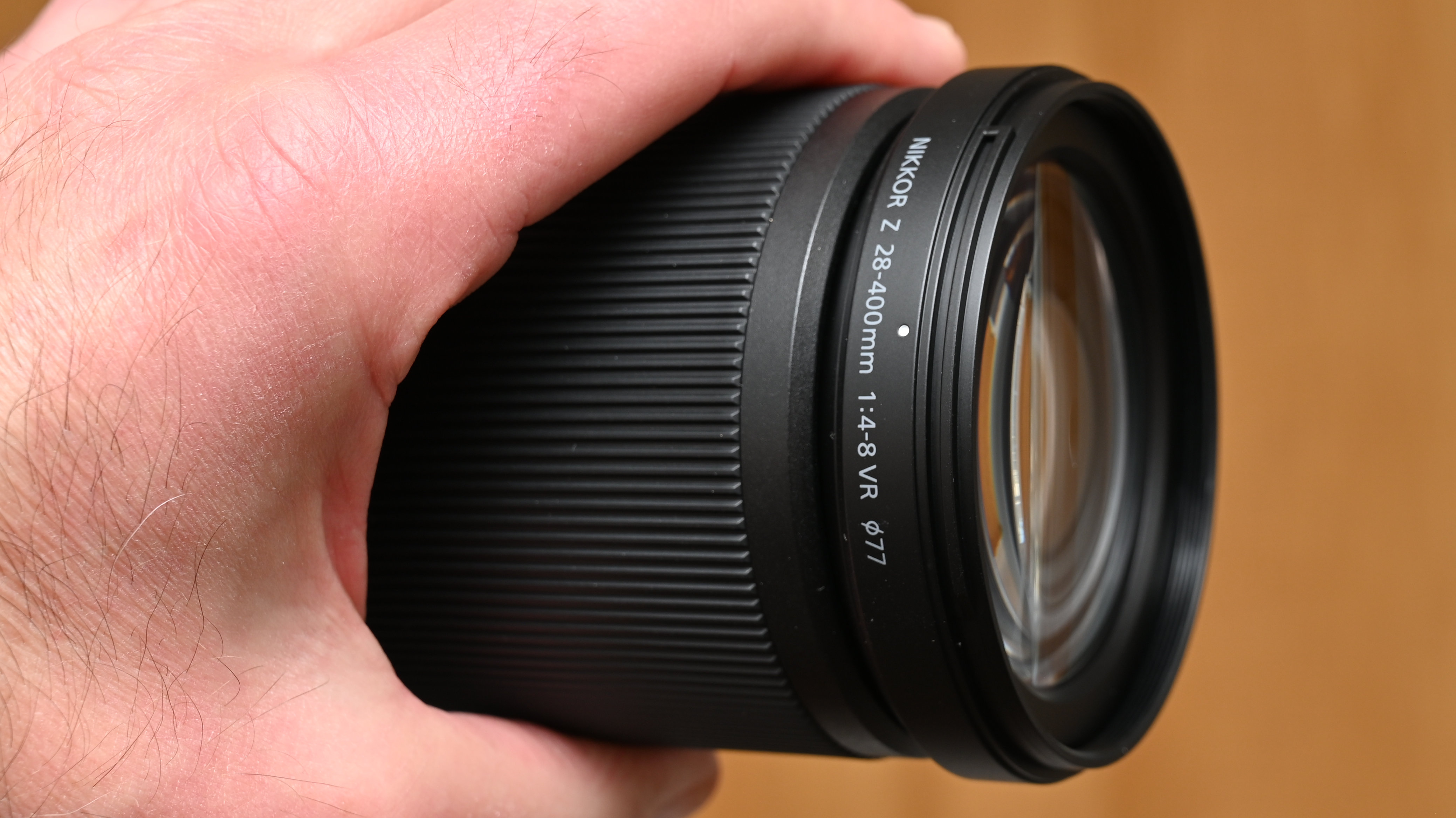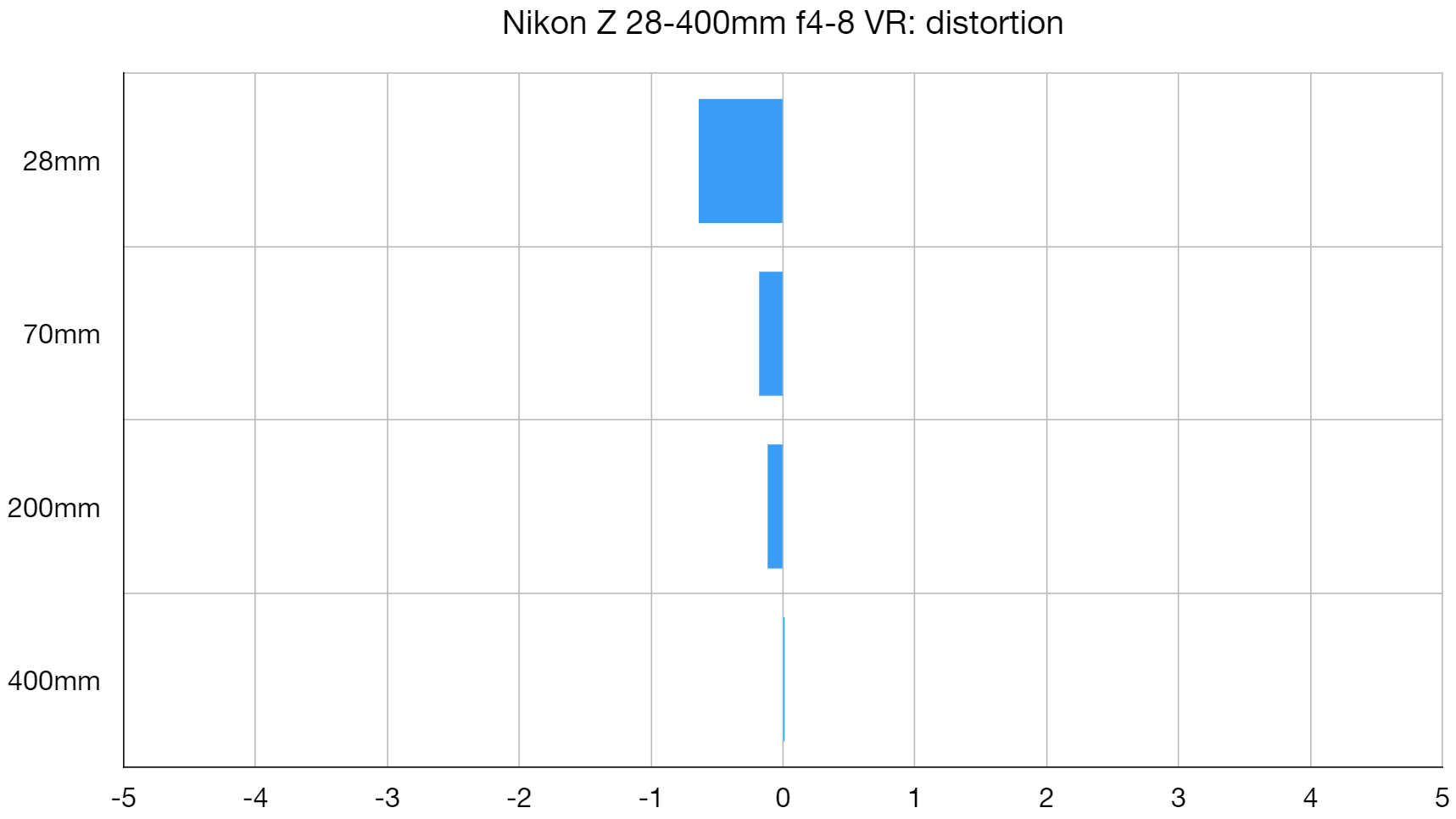
I’m generally a fan of ‘super-zoom’ lenses for walkabout and travel photography. They give me the ability to react to unfolding photo opportunities at the flick of a wrist, rather than swapping between lenses or carrying around more than I need. I’ve been almost universally impressed with Nikon’s Z-mount lenses, including lenses for the Z 7 II, lenses for the Z 8 and Z 9 and lenses for the Z fc, which deliver fabulous image quality and all-round performance pretty much across the board.
That said, super-zoom lenses tend to compromise image quality in favor of supersized zoom range. There’s actually little sacrifice when it comes to the Nikon Z 24-200mm F4-6.3 VR, which is a fine lens and very good value for an all-in-one zoom. The newer Z 28-400mm doesn’t go as wide (and the difference is noticeable) but it doubles up on telephoto reach, giving a much greater dividend to photographers who aspire to super-telephoto superpowers at the expense of losing the bigger picture in terms of wide-angle coverage.

Nikon Z 28-400mm F4-8 VR: What's changed?
If you’re going to make a super-zoom, then arguably the more ‘super’ the better. Why settle for the likes of a 24-120mm lens when you can stretch to a 24-200mm or, in this case a supersized 28-400mm? Well, the bigger the zoom range, the more likely you are to suffer a drop in outright image quality. It’s just a simple law of physics. Prime lenses will no doubt be gloating. That’s the theory anyway, so let’s see how things work out in practice.
Nikon Z 28-400mm F4-8 VR: Specifications
Nikon Z 28-400mm F4-8 VR: Price & Availability
Launched in April 2024, the Z 28-400mm is available from Nikon retailers worldwide, with a list price of $1,297 / £1,399 / AU$2,399. That’s quite a price hike over the Z 24-200mm, which at the same time was commonly available for around $897 / £899 / AU$1,599, around two-thirds of the price.
Nikon Z 28-400mm F4-8 VR: Design & Handling
As an all-in-one lens, the Z 28-400mm is designed to take you further. I like that it sweeps through a wealth of favored focal lengths, including 28mm, 35mm, 50mm, 85mm, 135mm, 200mm, 300mm, and 400mm, all in one convenient package. But just how ‘convenient’ is it? The lens isn’t particularly lightweight but is easily manageable at 725g.
It’s physically not overly long either, at least at its shortest zoom setting, measuring 142mm or a shade over 5.5 inches. Like other super-zoom lenses, the length greatly increases as you stretch towards the longest zoom setting, with two extending inner barrels. And with a monster 14.2x overall zoom range, there’s certainly a lot of stretch. Zoom from 28mm to 400mm and back again and a lot of air is sucked into the lens and blown out again.

My review sample didn’t suffer from any zoom creep during my tests but, to avoid any unwanted extension as you’re carrying the lens around, there’s a zoom lock switch which operates at the short end of the range.

The complex optical path features 21 elements arranged in 15 groups and includes three aspherical elements and four ED (Extra-low Dispersion) elements, the latter aiming to enhance clarity and minimize chromatic aberrations. The aperture diaphragm is quite well-rounded, based on nine curved blades. Maximum aperture width kicks off at f/4 at the short end of the zoom range, which is par for the course in this type of lens but shrinks to a fairly narrow f/8 at the long end.
That’s two-thirds of an f/stop slower than the Z 24-200mm lens, and the price you pay for doubling up on telephoto reach. The f/8 aperture might cause concerns if this lens was designed for DSLRs, but it’s less of an issue for mirrorless cameras.

Adding yet more versatility, the lens has good close-up credentials. The minimum focus distance at 28mm is just 0.2m (as measured from the focal plane of the camera body), stretching to 1.2m at 400mm, which is pretty short for both focal lengths. That gives a sizeable 0.35x maximum magnification at the shortest zoom setting, enough to tempt some lens manufacturers to add a ‘Macro’ badge to their zoom lenses.

Build quality feels pretty good and, despite not being an up-market S-line Z system lens, the construction features multiple weather seals, including a rubber gasket on its metal mounting plate. A pouch and hood are supplied with the lens. Naturally, a hood that’s effective at 400mm would cause severe vignetting at 28mm. To increase the overall efficiency throughout the zoom range, Nikon opted to create a hood with a rectangular profile for this lens. The filter thread isn’t overly large either, with a 77mm diameter.

Nikon Z 28-400mm F4-8 VR: Photo Performance
I tested the Z 28-400mm using a Nikon Z 8. The 45.7-megapixel image sensor of this camera is a stringent test for the resolving power of any lens, especially a super-zoom. I was pleasantly surprised at the overall sharpness of the lens, throughout its entire zoom range. It’s certainly much better than most super-zooms in this respect, even those with a much more modest zoom range. Even so, sharpness takes a bit of a knock at the extreme edges and corners of the image frame at both ends of the mighty zoom range.
The whole idea of a super-zoom lens is that it gives you versatility for walkabout and travel photography without being weighed down by needing to carry multiple lenses. It’s also a bonus that you can avoid the risk of missing great shots because you were too busy swapping between lenses at the crucial moment.
I also like not having to change lenses on my camera body in dusty environments. With travel and walkabout convenience at the fore, handheld shooting is the order of the day. Camera shake is an ever-present danger at long telephoto lengths, but photo performance is boosted in practical terms by 5-stop optical VR (Vibration Reduction). This is boosted to 5.5-stop performance when using Z system cameras that feature ‘Synchro VR’, adding IBIS (In-Body Image Stabilization) into the mix.
The following pair of shots was taken at 28mm and 400mm zoom settings respectively, to demonstrate the frankly rather epic overall zoom range, the latter focusing on the tower that’s little more than a dot on the horizon in the wide-angle shot.


The inclusion of optical VR makes the lens an interesting proposition for Nikon’s DX (APS-C format) Z system cameras, which so far lack IBIS altogether. On these cameras, you get an ‘effective’ zoom range of 42-600mm, stretching from a fairly standard focal length to really powerful super-telephoto reach.
One facet of image quality that super-zoom lenses notoriously struggle with is distortion. It tends to range from noticeable barrel distortion at the short end, to pincushion at the long end. As with many recent lenses designed for mirrorless cameras, this one relies heavily on automatic in-camera correction for distortions, which can’t be switched off in the relevant menu setting. In-camera correction also takes care of any lateral chromatic aberration, or color fringing, as well as reducing vignetting which is otherwise quite apparent at the short end of the zoom range. I noticed a slow-down of autofocus speed towards the longest zoom settings but, overall, image quality and overall performance are highly impressive for this type of lens.
Nikon Z 28-400mm F4-8 VR: Sample Images
The example images in the following gallery were taken in sunny conditions at Bristol Docks in the UK, using the lens with a Nikon Z 8 camera body. Some of the shots in the series were taken of the same scene from the same vantage point, to demonstrate the field of view at the shortest and longest zoom settings. I’ve majored on an aperture of f/8 because, especially towards the long end of the zoom range, you’re unlikely to want to stop down from the widest available aperture in most situations.






















Nikon Z 28-400mm F4-8 VR: Lab Results
We run a range of lab tests under controlled conditions, using the Imatest Master testing suite. Photos of test charts are taken across the range of apertures and zooms (where available) and then analyzed for sharpness, distortion, and chromatic aberrations.
We use Imatest SFR (spatial frequency response) charts and analysis software to plot lens resolution at the center of the image frame, corners, and mid-point distances, across the range of aperture settings and, with zoom lenses, at four different focal lengths. The tests also measure distortion and color fringing (chromatic aberration).
Sharpness:


Levels of sharpness are highly impressive for any super-zoom lens, even more so for this one with its oversized 28-400mm zoom range. Sharpness drops off a little towards the edges and corners of the frame at both ends of the zoom range but, even so, it’s adequate for most shooting scenarios.
Fringing:

Color fringing can be a little noticeable, more so around the 70mm area of the zoom range. However, it’s entirely within the remit of automatic in-camera correction for Z system cameras and becomes entirely negligible in practical terms.
Distortion:

The lab results for distortion look impossibly good for a super-zoom lens, but that’s entirely down to automatic in-camera correction, which can’t be switched off when using the lens.
Nikon Z 28-400mm F4-8 VR: Verdict
The Z 28-400mm certainly isn’t a cheap lens to buy but the price works out favorably compared to buying two separate standard and telephoto zoom lenses. I like the time and effort saved in using a single lens that covers everything from wide-angle coverage to super-telephoto reach.
The image quality and all-round performance are sufficiently impressive to make this lens an excellent travel companion. The only things about it that I don’t like are its relatively slow aperture at longer zoom settings and that by necessity, it physically extends so much as you sweep from 28mm to 400mm. Personally, I also miss the extra wide-angle coverage offered by the smaller, lighter, and more inexpensive Z 24-200mm super-zoom lens.

Should you buy the Nikon Z 28-400mm F4-8 VR?
✅ Buy this...
- All-in-one super-zoom lens
- Big zoom range with long reach
- Reasonably lightweight
🚫 Don't buy this...
- Slow f/4-8 aperture rating
- Physically long at 400mm setting
- Not the sharpest Z-mount lens







